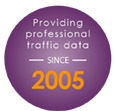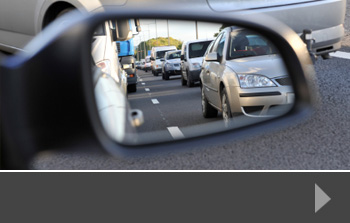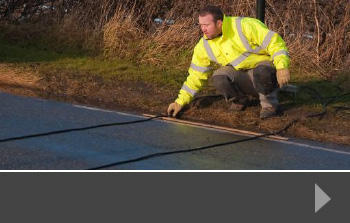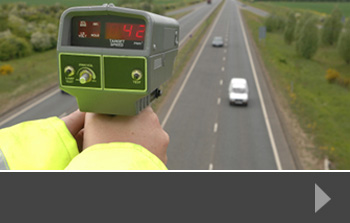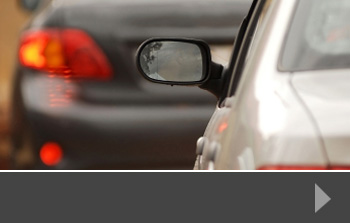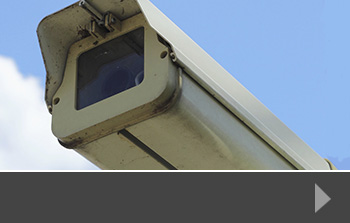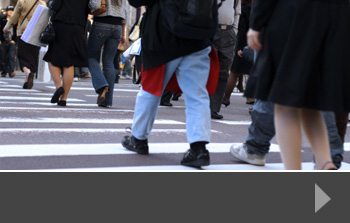How can we combat congestion in urban areas?
As traffic survey specialists, much of our work is carried out in urban settings. Both developers and planners want to make the best possible use of the existing road network, and plan new roads that help traffic flow.
But easing congestion in urban areas is a tricky problem. While there are certainly more public transport options in urban environments, there’s also more traffic in general – both commercial and individual. This often results in congestion problems, which in turn increases air pollution, adds to journey times and frustrates travellers.
What are the problems?
Despite efforts by local and national governments to reduce the amount of traffic on our roads, predictions are that traffic will increase in urban areas over the next 20-30 years. Of course, some places are more advanced than others – cities like Amsterdam, for example, began reducing the amount of traffic across the city in the 1970s. And, if you’re on social media, you may have seen the videos of increased numbers of cyclists in Paris as the city introduces more bike lanes and bike parking.
But in many cases, planners are working with old road networks, limited budgets and public opinion. Problems include old infrastructure, travelling habits, road connections and the sheer cost and time needed to transform urban areas for better traffic management.
What is the answer?
There is, of course, no single answer to this problem. Each urban area will have its own challenges and be working within its own budgetary and time constraints. According to McKinsey and Company, writing earlier this year, there are three trends that are shaping the way we think about the urban transport system:
- Traffic volumes are increasing
- New mobility options need to be considered
- There’s a greater emphasis on sustainability and decarbonisation
People are always going to want to move around. And if we are to ask them to reduce their personal car or vehicle use, we need to improve public transport, in terms of coverage, reliability and cost. At the same time, we need to provide better, safer spaces for bikes and pedestrians. The infrastructure that supports electric vehicles needs to be in the right place and at the right price. And there is likely to be an increased demand for ‘shared mobility’ such as local car share schemes, as well as an uptake in autonomous vehicles for certain types of journey.
Traffic surveys from RDS
There is no single answer to the congestion on our urban roads – and it will take some years to implement the infrastructure needed to support other travel options. The starting point, however, is knowing where the congestion is at its worst and why. That’s why we work with planners and developers to deliver accurate data for a wide range of traffic survey projects, including parking surveys and journey time surveys. This data is used both to create an initial benchmark, and to measure the impact of road and transport improvements. To find out how we can support your project, contact us today.

